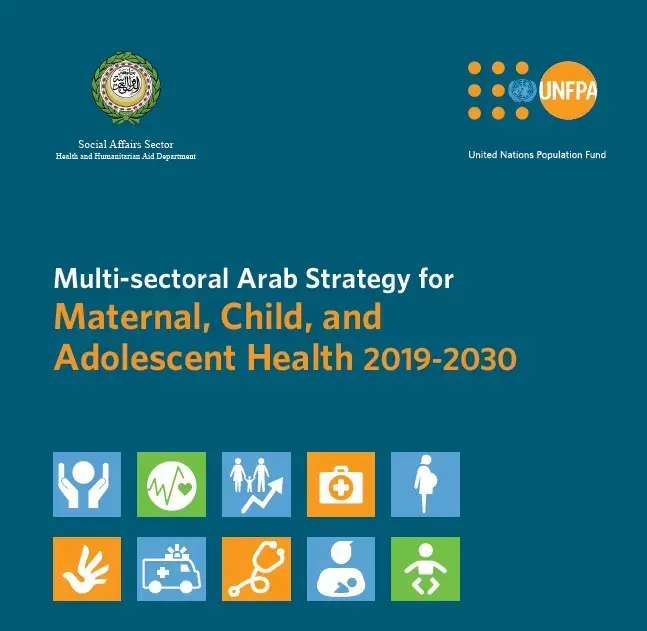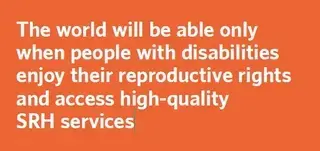In spite of the decrease in maternal and child mortality ratios in the Arab region between 1990 and 2015 to levels below the global average (as the child mortality rate fell by 63% while maternal mortality ratio decreased by 56%), there are many challenges in the Arab region that still need more efforts and the presence of political and financial support, in order to achieve partnerships, cooperation, and knowledge sharing between Arab countries, in order to invest in enhancing the health of mothers, children, and adolescents, in higher rates, so as to achieve the SDGs.
Maternal and child health is considered a vital determinant that reflects the general health situation in societies and countries, not only as a measure of the health of mothers and children, but also as a measure of the maternal and child health within the context of the eight MDGs (2000-2015), that later on became among the targets of SDGs (2016-2030), in which goal 3 is concerned with health, and it became among the targets of the global strategy for maternal, child and adolescent health (Every Woman EveryChild 2016 -2030) which targets the reduction of maternal mortality ratio to less than 70 deaths per 100,000 live births. It also targets the decrease in child mortality rate of children under 5 years to less than 25 per 1000 live births, while decreasing newborn mortality rate to less than 12 per 1000 live births.
The Arab region shares with other regions in the world their concern for enhancing the health of mothers, children, and adolescents, as well as sharing the international commitments to achieve SDGs (2016-2030). The region also supports the global strategy on maternal, child, andadolescent health. This concern motivated Arab Health Ministers’ council’s decision number 3 issued during the ordinary session 45, held 2-3 March 2016 about “enhancing maternal, child, and adolescent health in the Arab region”, which stated in its third article on, inviting the concerned technical committee to develop a multi-sectoral Arab strategy for maternal, child, and adolescent health. The strategy shall have specific goals and targets. The committee will develop an Arab database in order to draw a health map with all relevant indicators. It will investigate the possibility of supporting Arab states with limited capacities in enacting and utilizing the strategic plan, in order to achieve the relevant SDGs 2030”.
There are some common challenges among the Arab states, standing in the way of fulfilling the health targets. These include the weakness and fragmentation of health systems; the low rate of accessibility to services, especially among the groups that need services the most; gaps
in the availability of healthcare workforce; the presence of gaps between states and within states in terms of health indicators; the inequalities in achieving targets; and the weak financial support available in low-capacity countries.



